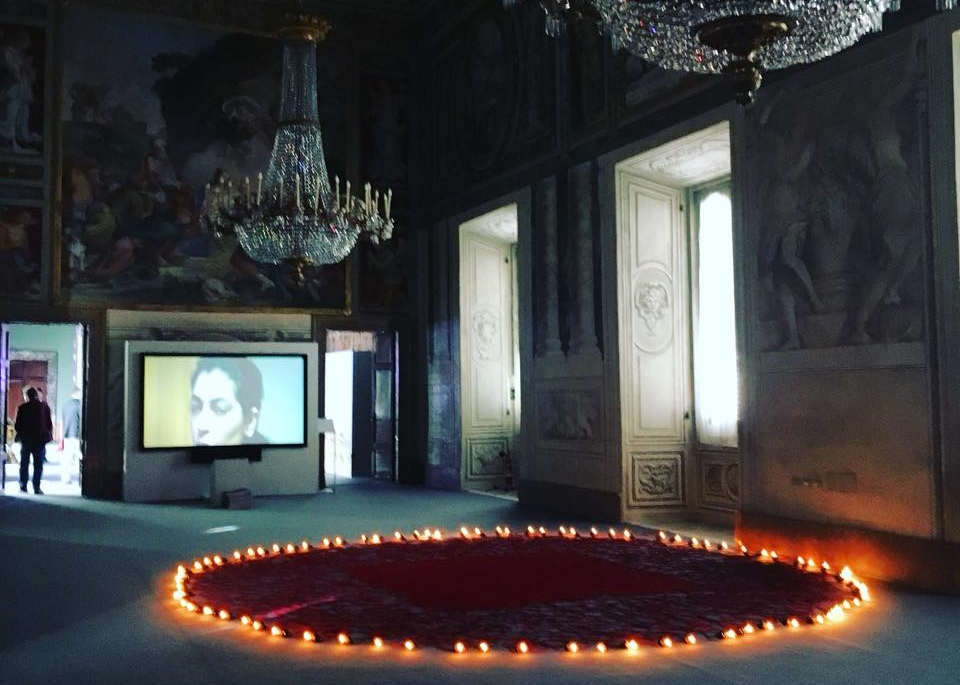
The approach of the Quirinale, the seat of the President of the Italian Republic, to the many proposals of art, is becoming increasingly varied. The President of the Republic, Sergio Mattarella, announced in one of his first speeches that he wanted to reopen the doors of the Palace to all Italians, and it seems to us that this promise has been fulfilled.
The paths inside this magnificent container of art, produced since the fifteenth century when it was the papal seat, until the end of the nineteenth when the Savoy came to take possession of it as a palace of the newborn Italian monarchy, include gardens, the valuable collection of carriages, and beautifully frescoed rooms. Sometimes even with an overlapping of styles as bizarre as it is the case of Alexander VII's gallery, that a few years ago revealed, during a restoration, the lost monochrome of Pietro da Cortona under the nineteenth-century Napoleonic rebuilding by Raffaele Stern. This gallery has just finished hosting the first contemporary art exhibition in the Palazzo del Quirinale.
The exhibition was named "Da io a noi – La città senza confine" (From I to We - The City Without Borders) and was born from a reflection on the concept of "suburban" using the different languages of contemporary art (painting, sculpture, photography, video and installation). The goal was to restore a poetic dimension of a society in transformation because of the traces left by the contemporary man, who finds himself fluctuating between an individual and a collective condition in the urban area most subject to osmosis and change, the suburbs.
We don't know whether the mission was completely accomplished, because as often happens for contemporary art events set up in late Renaissance or Baroque places, the works presented are completely submerged by the magnificence of the decorations pre-existing in the environments. And if for market exhibitions such as "Granpalazzo", the last edition of which took place in the Palazzo Chigi in Ariccia in Bernini, the Baroque location helps to enhance the pieces on display and sale, for collective and expositive exhibitions the solution is not always winning.
The chosen theme was also the selective criterion for the artists on display who did not create ad hoc works but presented already created works, and a certain lack of homogeneity is perceived as they progress along the way.
"The choice of works, created together with the artists, was inspired by the ability of each of them to immediately convey to visitors the theme in a unique path, which creates a short circuit between the sumptuous environments of the past and the perception of the present," says Anna Mattirolo curator of the exhibition. But the decontextualization of contemporary works, despite being of great visual impact, distances the message and the social criterion, leaving little memorable if not on the aesthetic level, also thanks to the Baroque setting.
What remains is the great inspiration reached by this Palazzo/Istitute that begins a new path in a contemporary perspective, interesting and new. It will necessarily have to deal with the wealth and splendor that already characterize it, and that could subtract energy from current proposals that will be interesting but rarely be able to withstand the confrontation with the power of the Roman Baroque.



